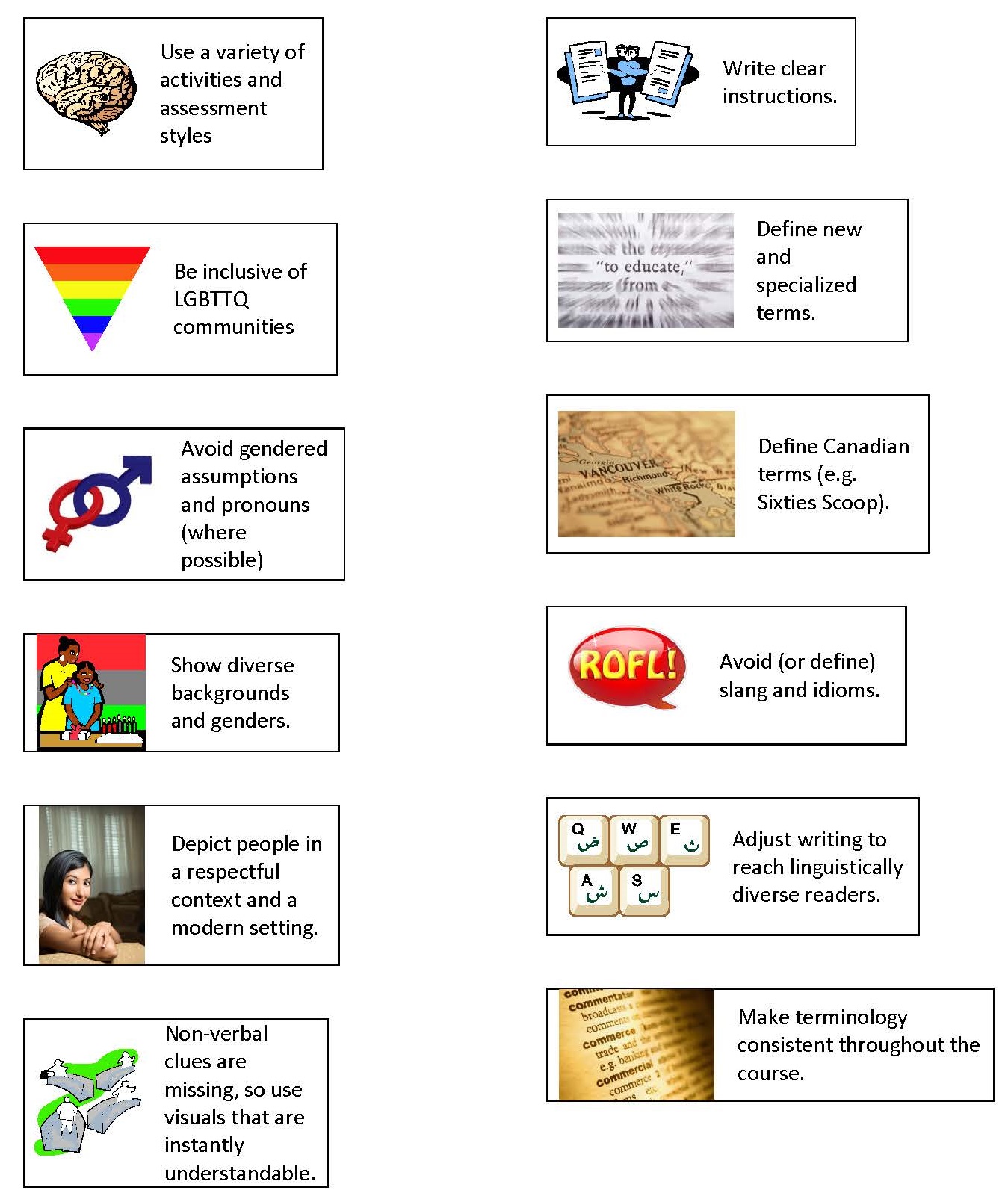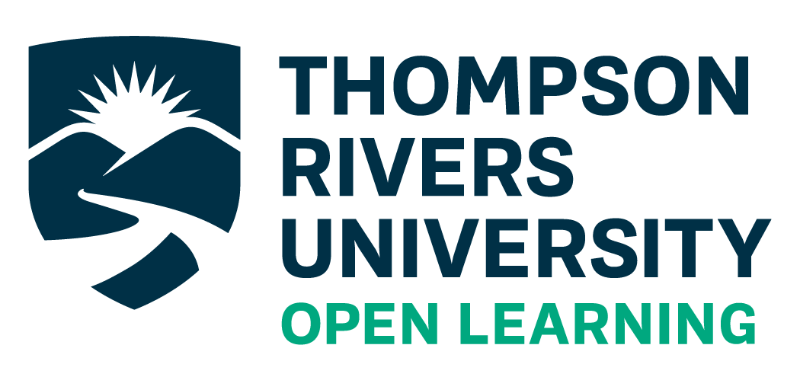Fairness to All
A few years ago Mona Hall, Danielle Collins, and I collaborated on an infographic about inter-culturalization of the curriculum. Our central question was: How will we create learner-centred courses for culturally and linguistically diverse readers?
We found that the university has some excellent guiding policies and resources for educators, but it did take some effort to find and read them. Perhaps two of the best were:
- Open Learning Agency. (1999). Fairness to all: Communicating with respect [PDF document]. Retrieved from https://www.tru.ca/library/pdf/tru-ol_fairness_to_all.pdf.
“If you plan to read no more . . . at least read this:
- Treat people as individuals.
- Call groups what they call themselves.”
- TRU World. (2007). A globally minded campus [PDF document]. Retrieved from https://www.tru.ca/__shared/assets/gmc6666.pdf.
The province where we are located, British Columbia, is particularly rich in diversity, and Open Learning students both reflect this diversity and live in an increasingly globalized world. No matter if their home is in a small community or metro Vancouver, students live and work in a multi-cultural society, and the learning from an OL course will be applied in their life and work in this context.
To be inclusive to learners from any background and to help prepare Open Learning students with life skills for a globalized and multi-cultural society, editors need to provide instructional materials that model and develop cross-cultural awareness and respect. It’s helpful to think of students not as a unified “public” but as a diverse group of individuals. If differences are acknowledged in a positive way, it improves the quality of our learning materials and helps us better serve students and better achieve our educational mandate. We can model understanding, acceptance, and mutual respect in a course by adopting inclusive editing practices.
Here are some of our initial (rough) drafts:

